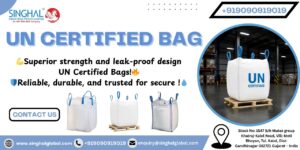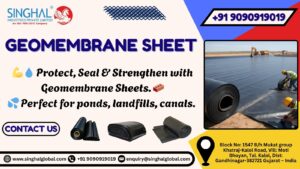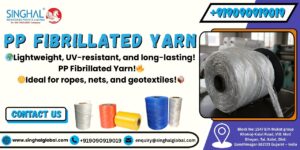What Are Geocells?
Geocells are three-dimensional honeycombs of polymeric strips replenished with granular material (sand, recycled asphalt, local soils). This cellular incarceration system staves off the activity of infill and allocates loads over a vast area – which improves the stability and immobility of a pavement coating. This makes geocells a perfect solution for all kinds of soil stabilization and ground reinforcement. Also, geocell in road construction is considered very great.
● Load Support – decrease construction and maintenance expenses of roads, rails, ports, and airports.
● Slope and Channel Protection – enhance erosion control and drainage systems.
● Earth Retention Walls – create gravity and reinforced walls quicker, with high seismic resistance.
● Landfills and Reservoirs – improve geomembrane safety.
7 Crucial Factors for Selecting the Right Geocell for Your Project
1. Geocell Soil Confinement Must Be Retained for the complete Design-Life
Every polymeric material will elongate (wriggle) when loaded over time. When a geocell polymeric strip elongates by 3%, its geometry differences, the infill soil forfeits its confinement and the integrity of the entire configuration is at risk.
2. Two Kinds of Geocells – Choose the Correct One
Although the geometry of geocells is parallel – it’s the polymeric material that specifies their performance. There are 2 main categories of geocells:
Soft Cells – Short Term: these premature generation geocells are created from HDPE (High-Density Polyethylene). These offer flexibility and are best conformed to less demanding landscapes, light loads, and short-term applications.
Tough Cells – Long Term: these stringent geocells are assembled from nano-polymeric alloys (NPA), such as Neoloy®. Designed for long-term use, Tough Cells are very rigid, robust, and wriggle resistant, and convenient for roads, railways, ports, and airports, with a 75+ year guarantee.
Also read: The Application of Geonet in Drainage control
3. Three Important Properties Determine Geocell Confinement Ability
Dynamic Mechanical Modulus (Elastic Stiffness) – the flexible behavior of the Geocell and its capacity to stock and discharge dynamic loading, while conserving its geometry
Permanent Deformation (Creep) – illustrates the plastic behavior at the end of project design life under specifically designed loading.
Tensile Strength – determines the stability to resist vertical load disseminated to the circle tensile forces.
4. Quality Feedstock
Insist upon supportable evidence that your geocell is simulated only with virgin high-density polyethylene. While it is feasible to attain poor weld stability with virgin materials, it is impossible to attain consistently outstanding weld stability unless only virgin high-density polyethylene is utilized.
5. Integral Components
Select a geocell that delivers connection parts, tendons, stakes, load transfer clips, and installation instruments that are particularly tailored for the system. Utilizing rope, pins, bent rebars (J hooks), and zip ties that are not particularly developed for usage with a geocell-engineered explanation are thoughtless and potentially destructive.
6. Experience and Warranty
Always choose a manufacturer who has thousands of assignments and decades of experience. It is surprising how little some manufacturers comprehend the principles and procedures of engineering and soil stabilization explanations. Pass through private label resellers sourced from various manufacturers (from different countries) and you cannot regulate the quality of your geocell material if you don’t know where it is being created.
Also Read: Geogrid-Based Cost-Effective and Sustainable Wind Farm Development
7. Installation Support and Distributor Network Strength
Contractors should urge that their resellers be qualified in construction procedures so that the geocell is adequately placed and so that the contractor can get in and get out quickly. Good providers keep tips, techniques, and custom instruments to speed installation. Great manufacturers manage installation……not just moving geocell material.
All of the above-mentioned aspects integrate to deliver you the level of belief you hope from the material you stipulate. Why risk this assurance for the small savings (savings that come from the use of impaired resin, non-engineered elements, and a lack of project support) that come with permitting inferior, alternate material suppliers? We hope that you get the important information regarding ‘geocell material’ from this article.









